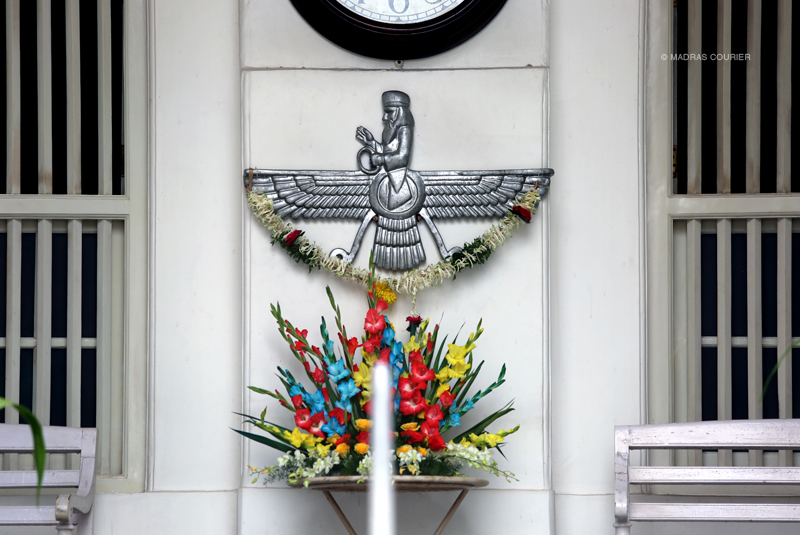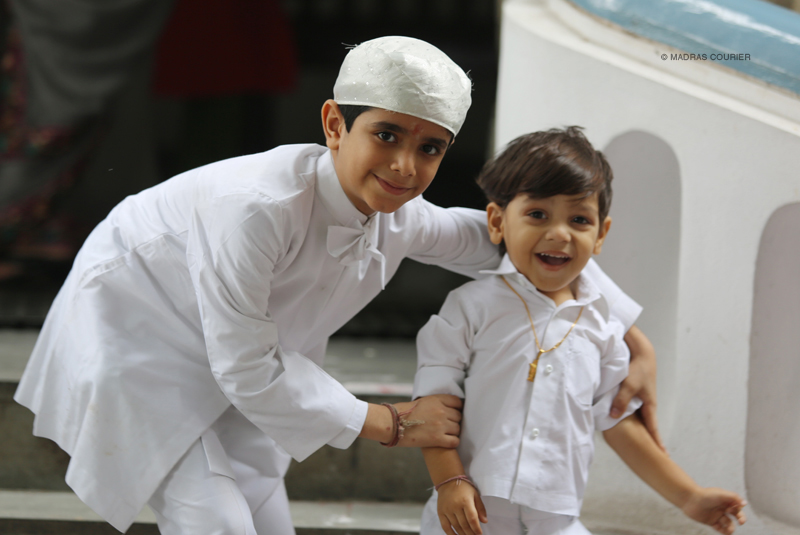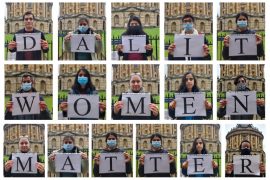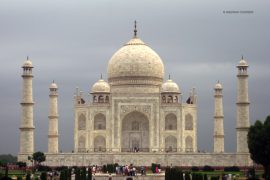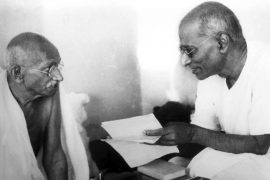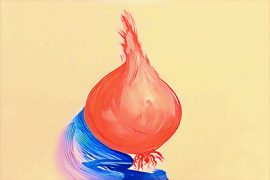A simple analogy passed down across generations, binds the Parsi community to their adopted home in India. A tale of milk and sugar. According to legend, when the Zoroastrians reached the shores of Gujarat after fleeing persecution in Persia, an Indian king named Jadi Rana (or Jadav Rana) greeted them. When they asked for asylum, the king presented them with a glass filled to the brim with milk – his point being that there was no room for refugees. In response, the Zoroastrians added a pinch of sugar to the milk; to show that they would blend in with the local population and add to their sweetness.
Children sweeten the mood at Hyderabad’s fire temple (Image: 7MB)
It was a persuasive argument, and the Parsis were to stay. When and whether this happened is contested; the latest surviving account of their historic migration dates their arrival in India from Persia to between the eighth and tenth century A.D. Some of the conditions were that they adopt the local language (Gujarati) and dress (the Sari for women). This, they did, and the modern Indian Parsi is a blend of Persian and Indian customs that date back several millennia.
Today, fewer than 60,000 remain of this dwindling, but vibrant, community.
Copyright©Madras Courier, All Rights Reserved. You may share using our article tools. Please don't cut articles from madrascourier.com and redistribute by email, post to the web, mobile phone or social media.Please send in your feed back and comments to editor@madrascourier.com

